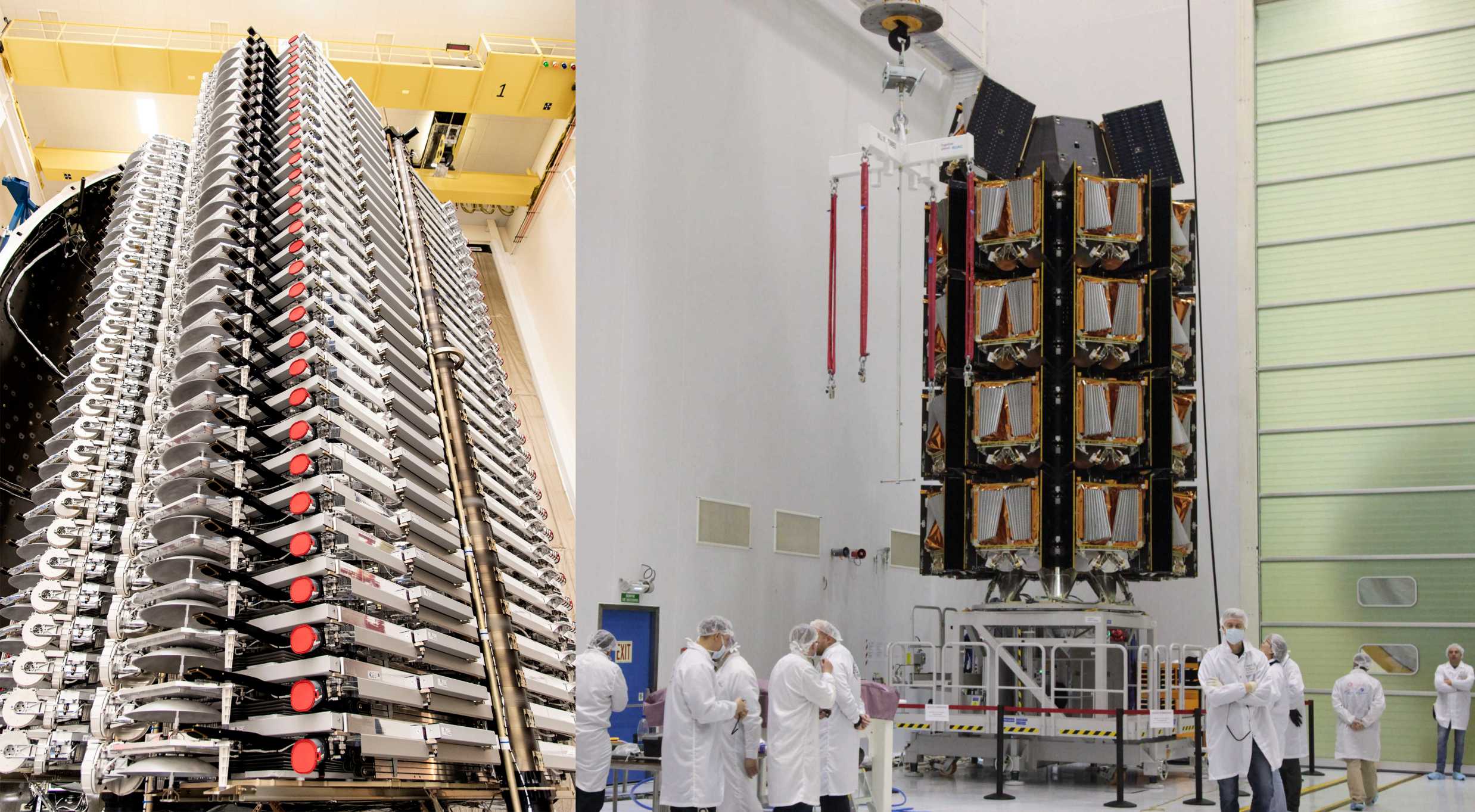
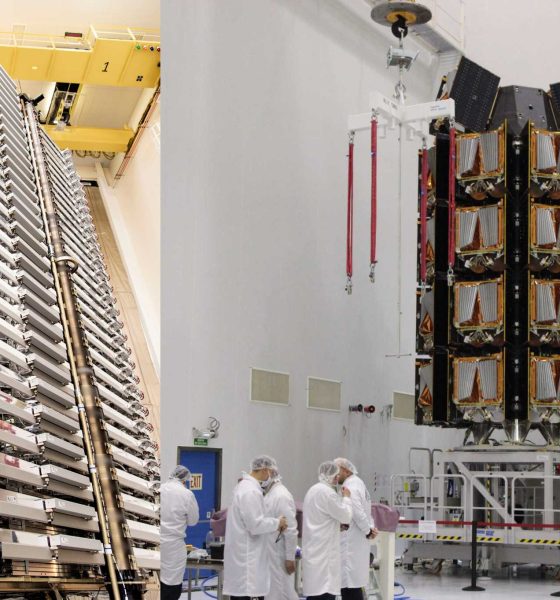
News
SpaceX's main Starlink constellation competitor is running out of money
OneWeb, the only pressing competitor facing SpaceX’s Starlink satellite internet constellation, has reportedly begun to consider filing for bankruptcy shortly before the London-based company completed its third dedicated launch.
Following the completion of its first full 34-satellite launch with a Russian Soyuz rocket on February 7th, OneWeb managed to complete a second launch on March 22nd just a few days after Bloomberg revealed its bankruptcy concerns. OneWeb now has 74 ~150-kg (330 lb) satellites in orbit – roughly 11% of its initial 650-satellite constellation. Like SpaceX, OneWeb’s goal is to manufacture and launch an unprecedented number of high-performance small satellites for a per-spacecraft cost that would have previously been inconceivable.
SpaceX’s Starlink, OneWeb, Telesat, Amazon Project Kuiper, and other prospective low Earth orbit (LEO) communications constellations all aim to provide high-speed, low-latency internet services to users almost anywhere on the surface of Earth. First and foremost, those constellations would seek to provide service to those who want broadband internet but have yet to be connected through traditional ground-based means by existing internet service providers (ISPs) that are either unable or unwilling to do so. Simply put, that is not an easy goal and OneWeb now appears to be heading towards sunset despite the wealth of resources it at one point possessed.
Requiring numerous revolutions in satellite manufacturing, antenna production, and launch vehicle affordability, as well as a vast and complex network of ground terminals, numerous companies have tried and failed to rise to the challenge over the decades. Original Globalstar, Teledesic, and Iridium constellations all raised more than $10 billion in the 1990s under the promise of blanketing the Earth with internet from space. All wound up bankrupt at one point or another.
Globalstar eventually completed an operational constellation, as did Iridium. Piggybacking off of many painful lessons-learned, Iridium even managed to become profitable, stable, and sustainable enough to fund an entirely new replacement constellation, launched on eight SpaceX Falcon 9 missions and completed in January 2019.
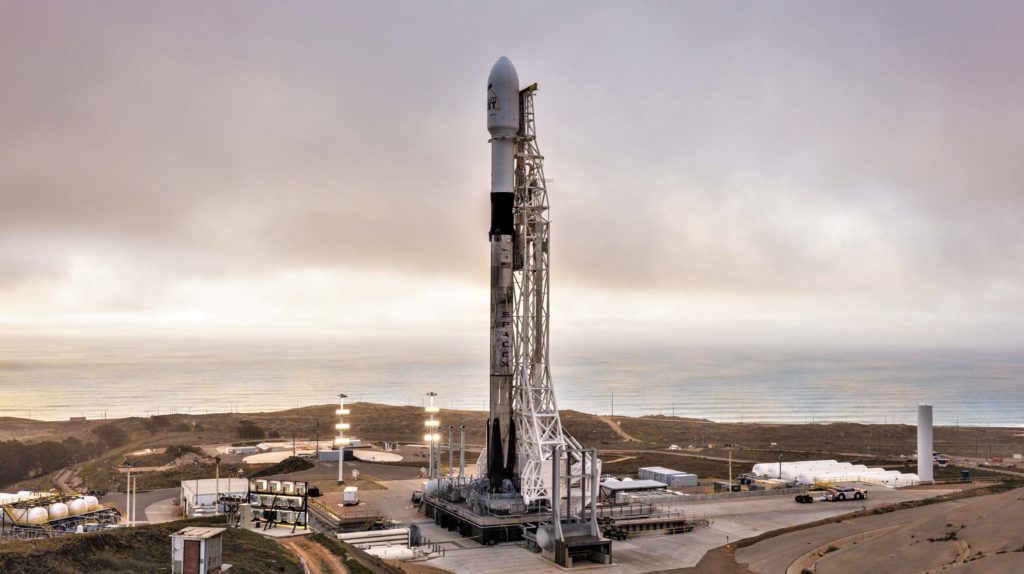
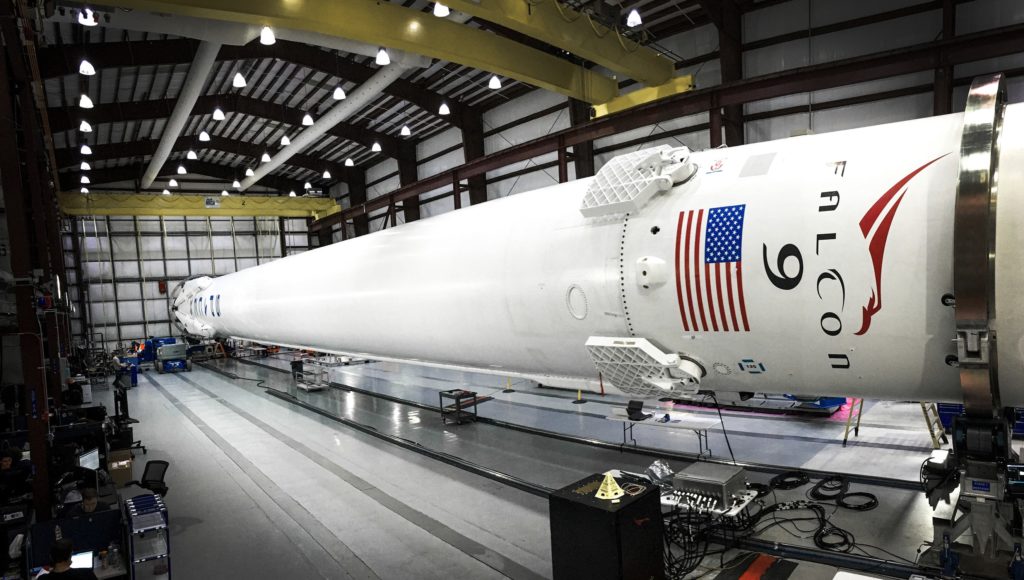
Short of a miracle, especially given the imminent economic catastrophe now facing much of the world, OneWeb appears to be close to becoming the latest body on a very tall pile. As if OneWeb learned nothing from the fates of those that came before, it has somehow managed to run out of money (or nearly so) despite having raised more than $3.4 billion in just four years. How OneWeb managed to turn $3.4 billion into a single factory and ~75 satellites in orbit is undoubtedly a mystery worth demystifying but for now, all that’s known is that the company is concerned about coronavirus impacts and anticipates imminent layoffs on top of future launch and production delays.
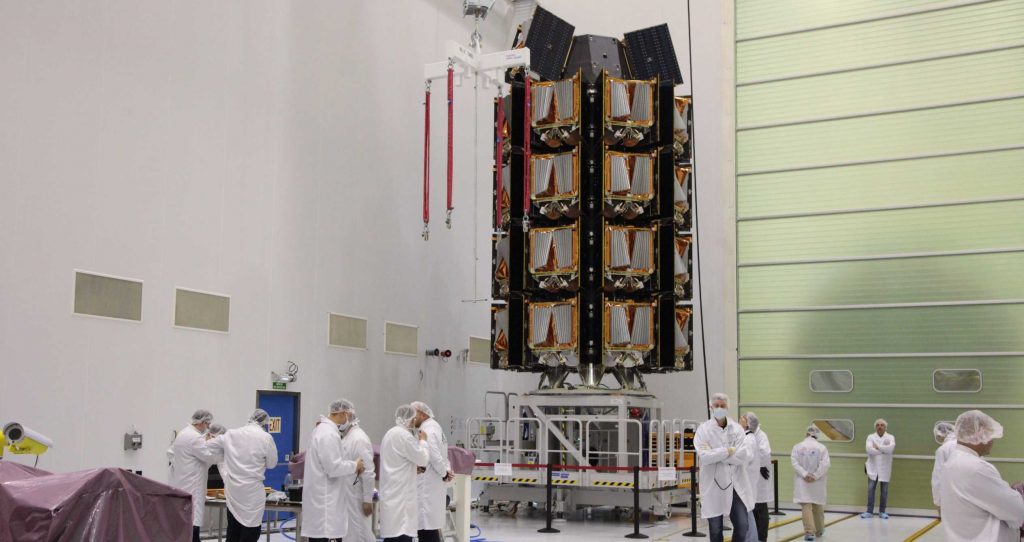
Ever the lone wolf, SpaceX forges ahead
Speaking earlier this month at the SATELLITE 2020 conference, SpaceX CEO Elon Musk frankly noted that Starlink – SpaceX’s exceptionally ambitious entrant to the LEO satellite internet race – was a work in progress with a real chance of failure. He made it clear that he was aware the constellation is now navigating a graveyard that has brought numerous companies with far more funding to their knees – now possibly including OneWeb. Nevertheless, SpaceX has shown no signs of slowing down. It’s possible – if not all but guaranteed – that the company’s Redmond, Washington-based has already been severely impacted by the coronovirus pandemic, given that the state is one of the US epicenters.
The company’s Los Angeles rocket factory is also likely to begin to experience major impacts as the city starts to take pandemic-related threats seriously. SpaceX’s Florida launch facilities and Texas Starship factory and development facilities are much less likely to be harmed in the interim. It’s another question entirely whether continuing to operate large factories and facilities is the right thing to do for SpaceX’s employees and the regions they reside in, whether states intervene or governments govern.
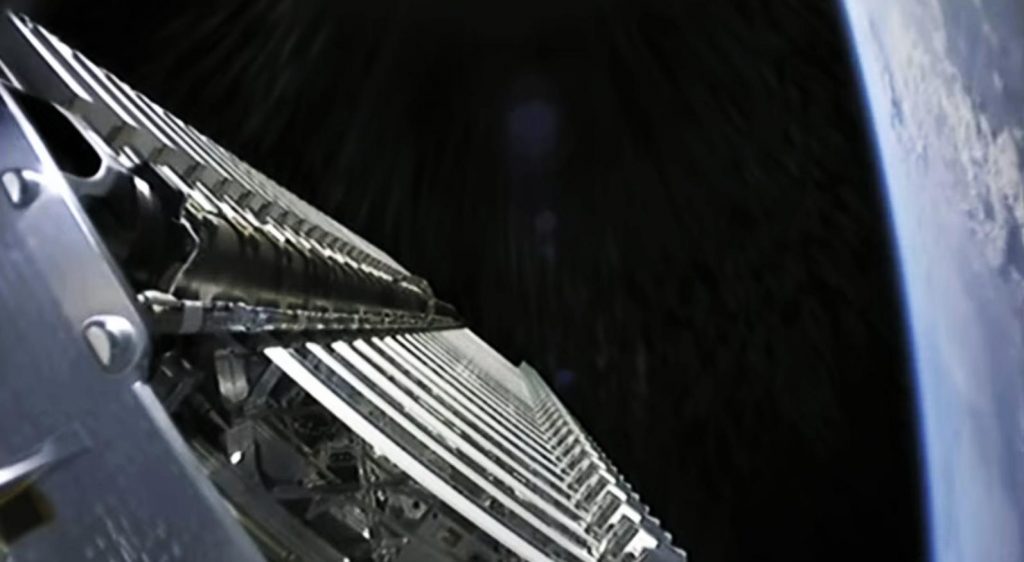
Nevertheless, thanks to the fact that SpaceX’s Washington factory has been building satellites 50% faster than it can launch them, it’s likely that at least one or two (if not several) launches worth of Starlink satellites are stockpiled and waiting to fly. The company’s next Starlink mission (Starlink L7 or V1 L6) is expected to launch no earlier than (NET) April 2020. The global pandemic could potentially create some open space in the company’s near-term manifest, but it could just as easily make SpaceX’s US launch activities next to impossible.
SpaceX has already delivered 360 Starlink satellites to orbit, 300 of which were launched in the last four months alone and all but ~10 of which are believed to still be operational. Barring increasingly likely delays from the growing pandemic, SpaceX anticipated it could have enough spacecraft in orbit (~500-600 satellites) to begin serving internet to customers in Canada and the northern US as early as this summer. For now, we’ll have to wait and see how things shake out in the coming weeks.
Check out Teslarati’s Marketplace! We offer Tesla accessories, including for the Tesla Cybertruck and Tesla Model 3.

News
Man credits Grok AI with saving his life after ER missed near-ruptured appendix
The AI flagged some of the man’s symptoms and urged him to return to the ER immediately and demand a CT scan.

A 49-year-old man has stated that xAI’s Grok ended up saving his life when the large language model identified a near-ruptured appendix that his first ER visit dismissed as acid reflux.
After being sent home from the ER, the man asked Grok to analyze his symptoms. The AI flagged some of the man’s symptoms and urged him to return immediately and demand a CT scan. The scan confirmed that something far worse than acid reflux was indeed going on.
Grok spotted what a doctor missed
In a post on Reddit, u/Tykjen noted that for 24 hours straight, he had a constant “razor-blade-level” abdominal pain that forced him into a fetal position. He had no fever or visible signs. He went to the ER, where a doctor pressed his soft belly, prescribed acid blockers, and sent him home.
The acid blockers didn’t work, and the man’s pain remained intense. He then decided to open a year-long chat he had with Grok and listed every detail that he was experiencing. The AI responded quickly. “Grok immediately flagged perforated ulcer or atypical appendicitis, told me the exact red-flag pattern I was describing, and basically said “go back right now and ask for a CT,” the man wrote in his post.
He copied Grok’s reasoning, returned to the ER, and insisted on the scan. The CT scan ultimately showed an inflamed appendix on the verge of rupture. Six hours later, the appendix was out. The man said the pain has completely vanished, and he woke up laughing under anesthesia. He was discharged the next day.
How a late-night conversation with Grok got me to demand the CT scan that saved my life from a ruptured appendix (December 2025)
byu/Tykjen ingrok
AI doctors could very well be welcomed
In the replies to his Reddit post, u/Tykjen further explained that he specifically avoided telling doctors that Grok, an AI, suggested he get a CT scan. “I did not tell them on the second visit that Grok recommended the CT scan. I had to lie. I told them my sister who’s a nurse told me to ask for the scan,” the man wrote.
One commenter noted that the use of AI in medicine will likely be welcomed, stating that “If AI could take doctors’ jobs one day, I will be happy. Doctors just don’t care anymore. It’s all a paycheck.” The Redditor replied with, “Sadly yes. That is what it felt like after the first visit. And the following night could have been my last.”
Elon Musk has been very optimistic about the potential of robots like Tesla Optimus in the medical field. Provided that they are able to achieve human-level articulation in their hands, and Tesla is able to bring down their cost through mass manufacturing, the era of AI-powered medical care could very well be closer than expected.
News
Tesla expands Model 3 lineup in Europe with most affordable variant yet
The Model 3 Standard still delivers more than 300 miles of range, potentially making it an attractive option for budget-conscious buyers.

Tesla has introduced a lower-priced Model 3 variant in Europe, expanding the lineup just two months after the vehicle’s U.S. debut. The Model 3 Standard still delivers more than 300 miles (480 km) of range, potentially making it an attractive option for budget-conscious buyers.
Tesla’s pricing strategy
The Model 3 Standard arrives as Tesla contends with declining registrations in several countries across Europe, where sales have not fully offset shifting consumer preferences. Many buyers have turned to options such as Volkswagen’s ID.3 and BYD’s Atto 3, both of which have benefited from aggressive pricing.
By removing select premium finishes and features, Tesla positioned the new Model 3 Standard as an “ultra-low cost of ownership” option of its all-electric sedan. Pricing comes in at €37,970 in Germany, NOK 330,056 in Norway, and SEK 449,990 in Sweden, depending on market. This places the Model 3 Standard well below the “premium” Model 3 trim, which starts at €45,970 in Germany.
Deliveries for the Standard model are expected to begin in the first quarter of 2026, giving Tesla an entry-level foothold in a segment that’s increasingly defined by sub-€40,000 offerings.
Tesla’s affordable vehicle push
The low-cost Model 3 follows October’s launch of a similarly positioned Model Y variant, signaling a broader shift in Tesla’s product strategy. While CEO Elon Musk has moved the company toward AI-driven initiatives such as robotaxis and humanoid robots, lower-priced vehicles remain necessary to support the company’s revenue in the near term.
Reports have indicated that Tesla previously abandoned plans for an all-new $25,000 EV, with the company opting to create cheaper versions of existing platforms instead. Analysts have flagged possible cannibalization of higher-margin models, but the move aims to counter an influx of aggressively priced entrants from China and Europe, many of which sell below $30,000. With the new Model 3 Standard, Tesla is reinforcing its volume strategy in Europe’s increasingly competitive EV landscape.
News
Tesla FSD (Supervised) stuns Germany’s biggest car magazine
FSD Supervised recognized construction zones, braked early for pedestrians, and yielded politely on narrow streets.

Tesla’s upcoming FSD Supervised system, set for a European debut pending regulatory approval, is showing notably refined behavior in real-world testing, including construction zones, pedestrian detection, and lane changes, as per a recent demonstration ride in Berlin.
While the system still required driver oversight, its smooth braking, steering, and decision-making illustrated how far Tesla’s driver-assistance technology has advanced ahead of a potential 2026 rollout.
FSD’s maturity in dense city driving
During the Berlin test ride with Auto Bild, Germany’s largest automotive publication, a Tesla Model 3 running FSD handled complex traffic with minimal intervention, autonomously managing braking, acceleration, steering, and overtaking up to 140 km/h. It recognized construction zones, braked early for pedestrians, and yielded politely on narrow streets.
Only one manual override was required when the system misread a converted one-way route, an example, Tesla stated, of the continuous learning baked into its vision-based architecture.
Robin Hornig of Auto Bild summed up his experience with FSD Supervised with a glowing review of the system. As per the reporter, FSD Supervised already exceeds humans with its all-around vision. “Tesla FSD Supervised sees more than I do. It doesn’t get distracted and never gets tired. I like to think I’m a good driver, but I can’t match this system’s all-around vision. It’s at its best when both work together: my experience and the Tesla’s constant attention,” the journalist wrote.
Tesla FSD in Europe
FSD Supervised is still a driver-assistance system rather than autonomous driving. Still, Auto Bild noted that Tesla’s 360-degree camera suite, constant monitoring, and high computing power mark a sizable leap from earlier iterations. Already active in the U.S., China, and several other regions, the system is currently navigating Europe’s approval pipeline. Tesla has applied for an exemption in the Netherlands, aiming to launch the feature through a free software update as early as February 2026.
What Tesla demonstrated in Berlin mirrors capabilities already common in China and the U.S., where rival automakers have rolled out hands-free or city-navigation systems. Europe, however, remains behind due to a stricter certification environment, though Tesla is currently hard at work pushing for FSD Supervised’s approval in several countries in the region.








